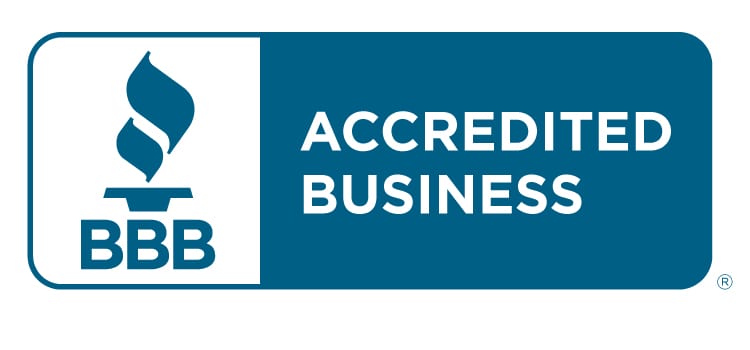
Demand Gen vs. Lead Gen: The Differences
Demand generation is a big challenge for many companies. It’s tough to create content that’s compelling enough to build brand awareness and create interest around a new product or service.
But by generating buzz and driving traffic, demand gen helps companies grow — transforming consumer interest into action. And it allows you to create a more predictable pipeline of high-quality leads for your sales team.
So how does demand generation differ from lead generation? And how do the two concepts connect?
Lead Generation vs. Demand Generation
The terms “lead generation” and “demand generation” sound so similar, it’s no surprise that many people get them mixed up. But there’s a critical difference:
Demand generation is the process of creating interest in your product or service. While the idea is ultimately to generate leads from these efforts, demand generation is a preliminary process that focuses on relationships with your target audience regardless of whether or not it converts into a sale.
Quality nontransactional relationships and greater brand awareness establish the kind of enthusiasm that increases the likelihood of conversion.
How to Improve Demand Generation Content
If you haven’t already been focusing on a personalized approach to marketing efforts, no problem. You can start now with these tips:
- Create an email newsletter that speaks to the needs and interests of your market.
- Use social media to connect, not just advertise.
- Provide value to your target demographic (like content or interaction).
- Go virtual with event marketing.



